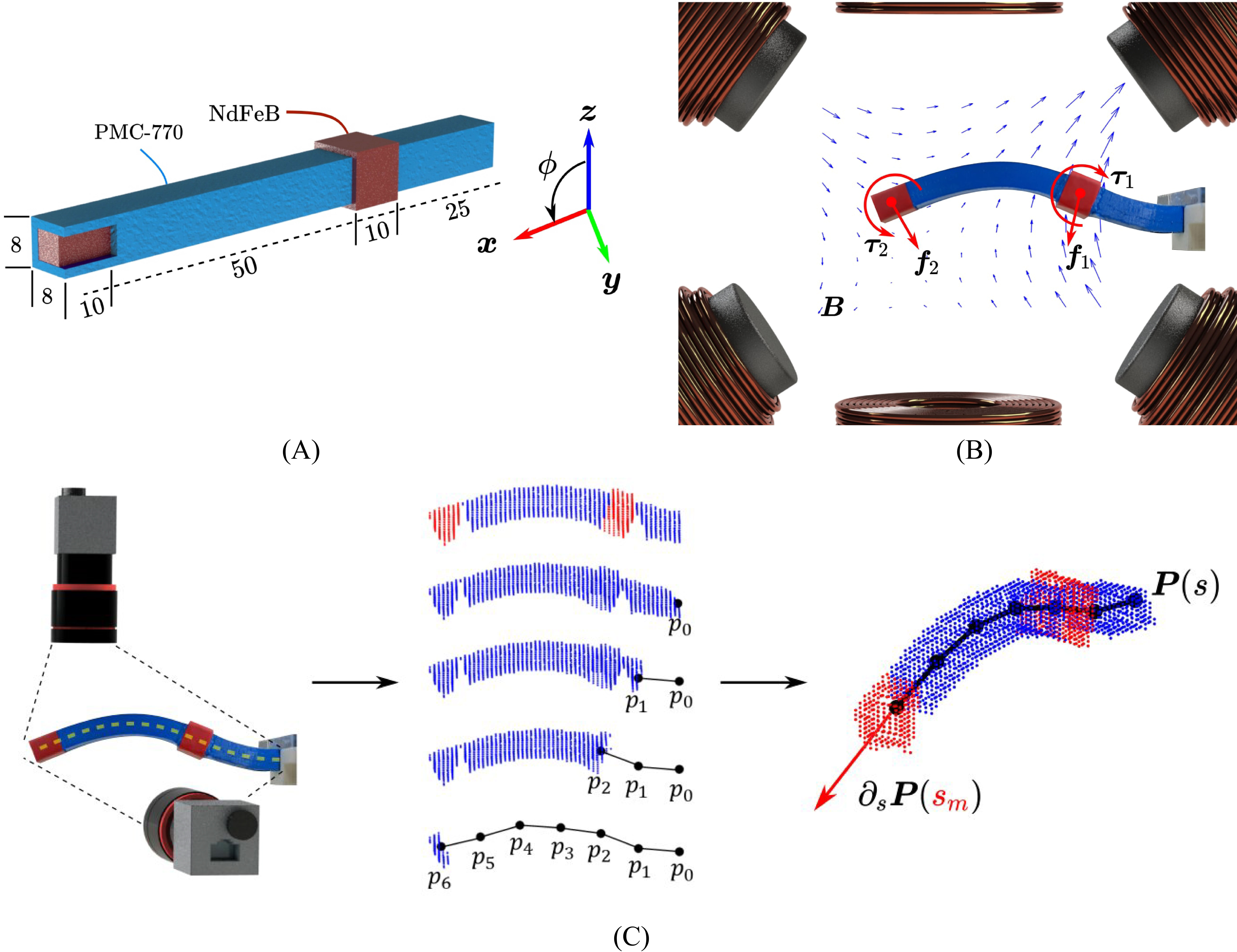Recurrent Neural-Network-Based Real-Time Dynamic Model
01 January 2022
Description
In this project, I aimed to create a quicker way to predict the movements of flexible robotic arms in real-time, blending ideas from neural networks and continuum mechanics. I wanted to overcome the slow calculations that held back real-time use of these soft robotic arms. I dreamed of a model that could instantly react to changes, without being slowed down by traditional complex calculations.

The key idea came from separating the equations for movement and rotation of the robotic arm, making real-time calculations easier. I used a type of neural network called Recurrent Neural Networks (RNNs) to handle these equations, as they are good at managing high-dimensional math and working with sequences of data.
As I dug deeper, I found that a special part of RNNs, called Long Short-Term Memory (LSTM) layers, could handle information over longer sequences without losing important details. This was a game changer for soft robotics, letting information from earlier moments inform current calculations.

The big test was estimating the full movements of soft robotic arms in real-time. Unlike previous methods, I aimed for a model that could handle all aspects of the robotic arm’s movements, guided by the lightweight RNN models.
Traditional models ignored some forces like friction, but my algorithm considered them, making it more accurate. When I tested my model with a magnetic-controlled soft robotic arm, it showed promise. It performed better than a classical model in predicting the arm’s movements.
As I ran simulations, each one showed new strengths of my model, like accurately showing the movements of different shapes of rods under various conditions. But the real proof came from testing it in the real world with a soft robotic arm controlled by magnetic fields. The results were encouraging, showing the model’s accuracy and speed compared to a classical model.

Now, as I wrap up this project, the success of the RNN-based model brings hope for making real-time predictions for soft robotic arms a reality. This work not only built a strong model but also opened up possibilities for what combining neural networks and continuum mechanics can achieve in the future.
